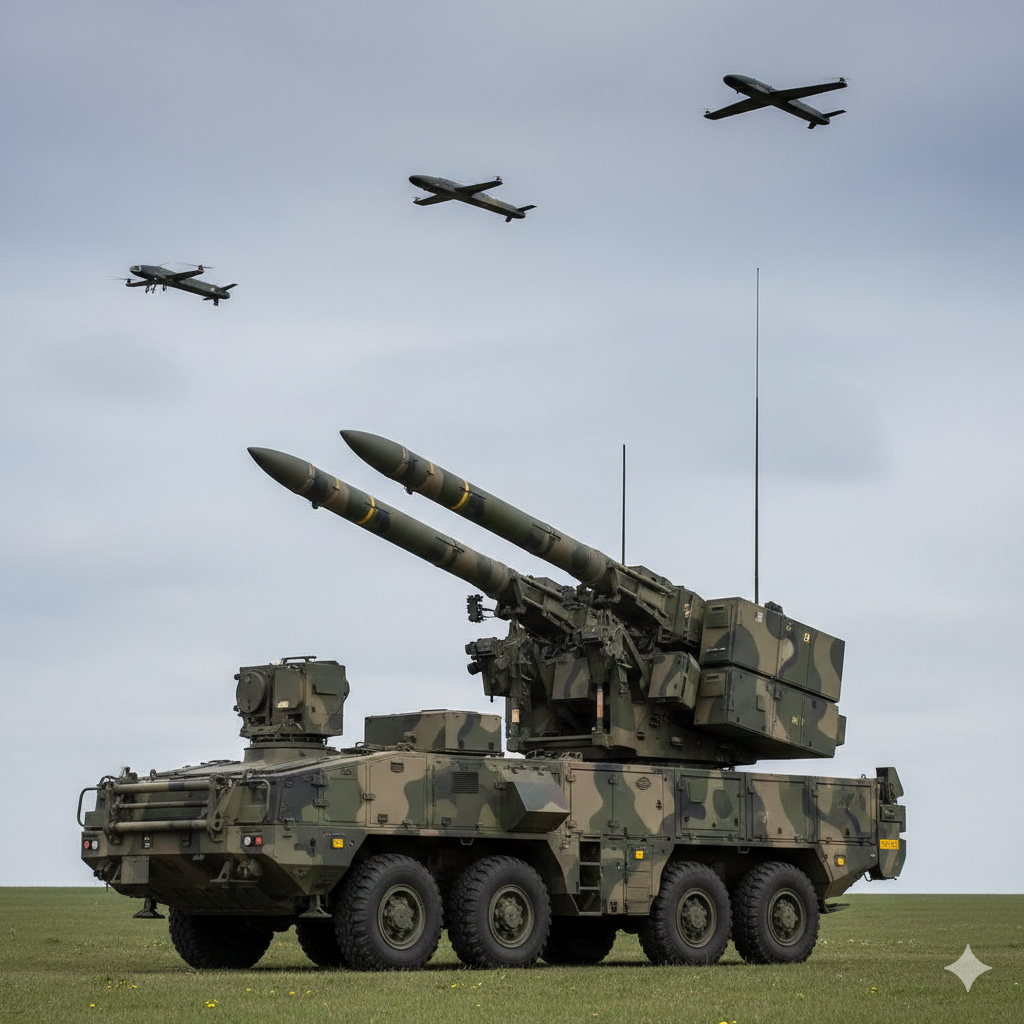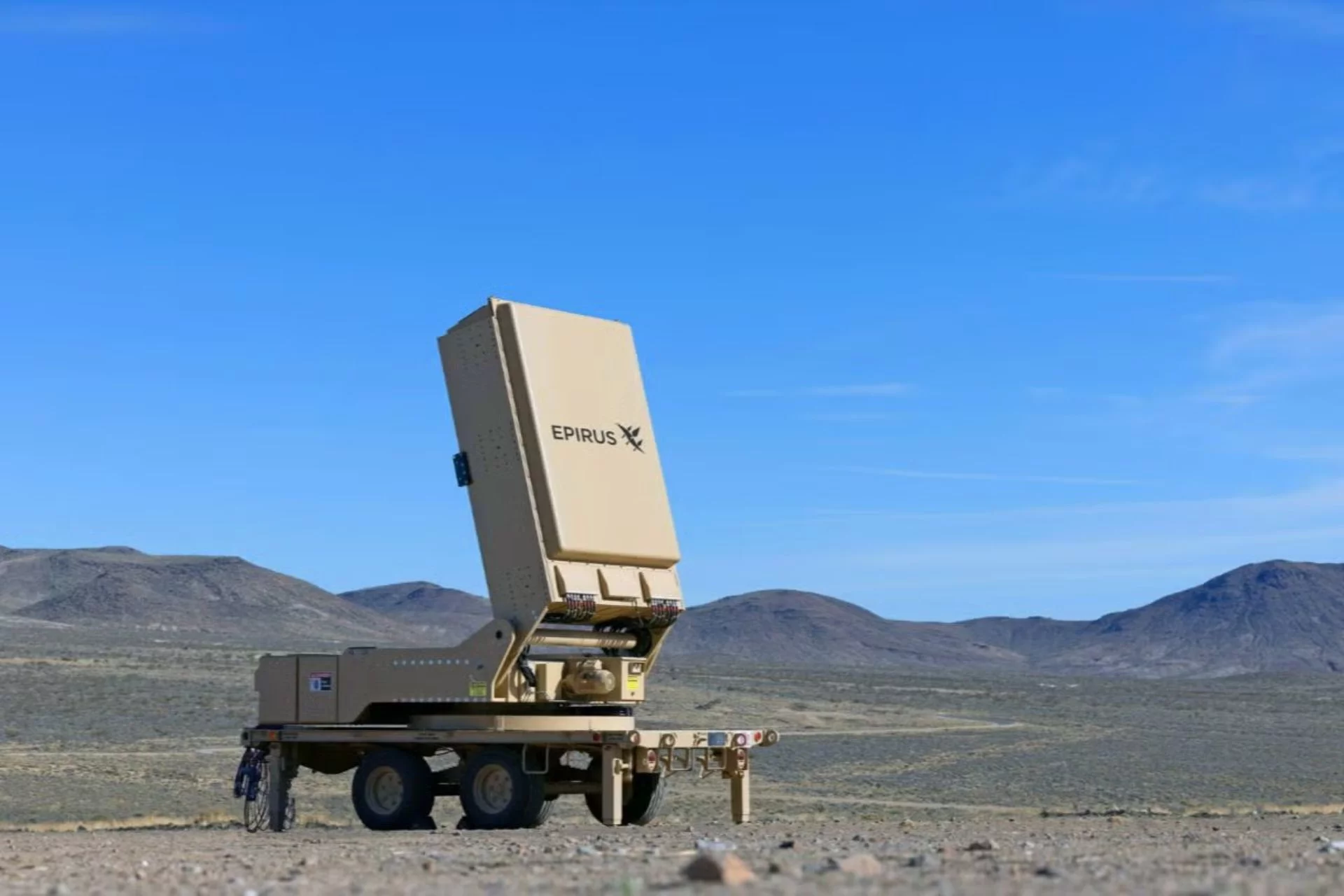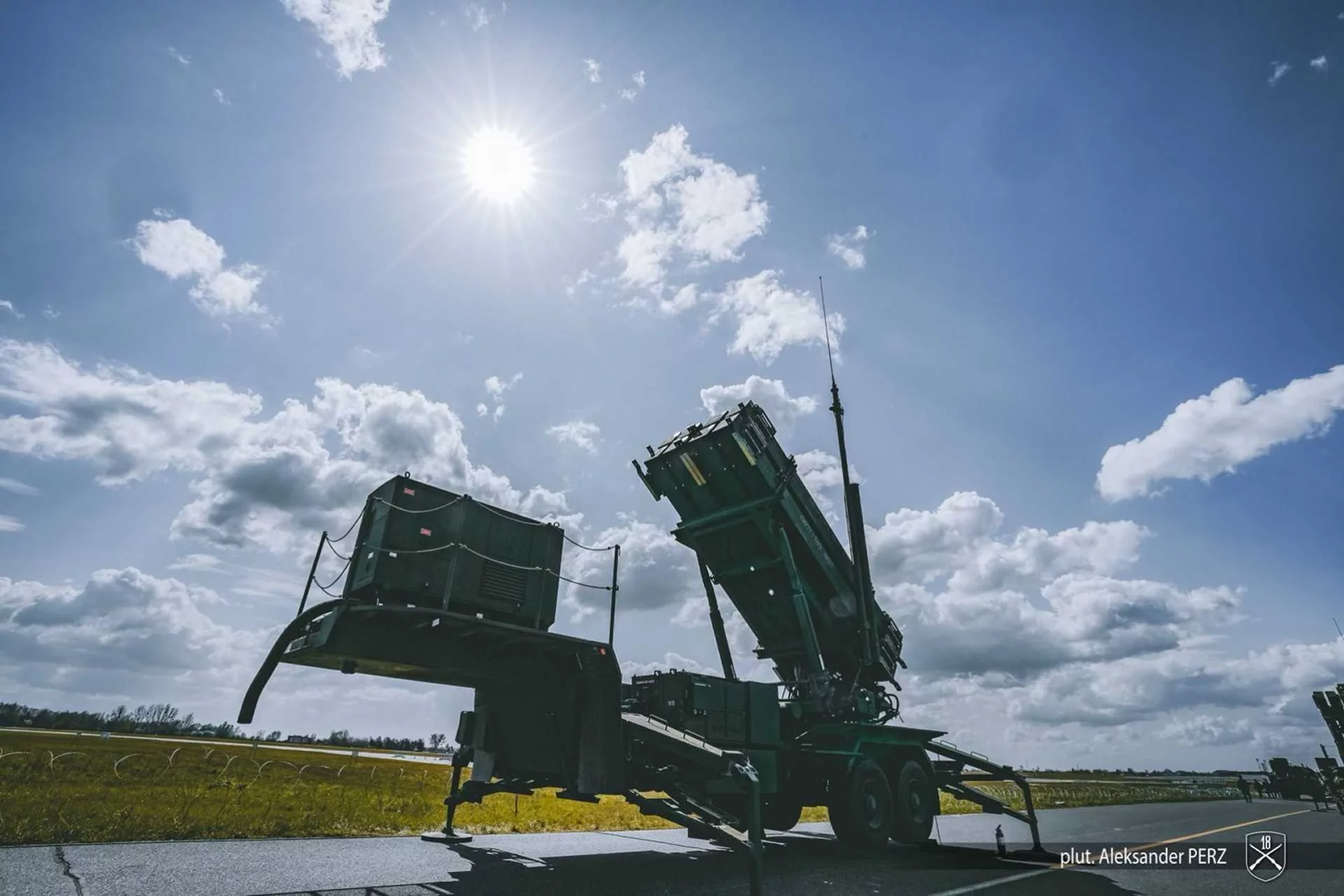The modern battlefield is constantly evolving, and with it, the threats faced by ground forces. From sophisticated drones to advanced cruise missiles, the need for robust and adaptable air defense systems has never been more critical. Enter Sky Sabre, the British Army’s cutting-edge air defense solution, which is not only proving its mettle but is now also expanding its capabilities to tackle an even wider array of aerial adversaries. This exciting development, recently highlighted by Saab, the system’s key component provider, signals a significant leap forward in safeguarding our troops and vital assets.
The Heart of Sky Sabre: A Networked Defense
At its core, Sky Sabre isn’t just a single weapon; it’s a sophisticated, networked air defense system designed for the complexities of 21st-century warfare. It brings together several crucial elements, working in seamless harmony to detect, track, and neutralize threats. Imagine a highly intelligent orchestra, where each instrument plays a vital role in creating a powerful and effective symphony of defense.
One of the foundational pillars of Sky Sabre is the Saab Giraffe Agile Multi-Beam (AMB) radar. This isn’t your average radar; it’s a truly remarkable piece of technology capable of providing a 360-degree view of the airspace, identifying targets with incredible precision and at impressive ranges. Think of it as the eyes and ears of the system, constantly scanning the horizons for any potential danger. Its agility allows it to quickly adapt to different threat profiles and environments, making it incredibly versatile.
But detection is only half the battle. Once a threat is identified, the system needs to be able to engage it effectively. This is where the MBDA Common Anti-air Modular Missile (CAMM) comes into play. These advanced missiles are renowned for their speed, maneuverability, and accuracy. They are designed to intercept and destroy a wide range of airborne threats, from fast-moving jets to smaller, more agile drones. The CAMM missiles, often launched from a launcher that can be seen as the system’s powerful arm, are guided by the precise data provided by the Giraffe radar, ensuring a high probability of success.
Connecting these vital components is Rafael’s command and control system, acting as the brain of Sky Sabre. This sophisticated software integrates all the information from the radar, processes it, and then orchestrates the entire defense operation, from target allocation to missile launch. It allows operators to have a clear and comprehensive picture of the battlespace, enabling swift and decisive action. This interconnectedness is a defining feature of modern air defense, moving away from isolated units to a cohesive, adaptive network.
Expanding Horizons: New Target Profiles and Enhanced Training
The recent announcement from Saab, detailing the expansion of target profiles for Sky Sabre, is a testament to the system’s inherent flexibility and the ongoing commitment to enhancing its capabilities. This means that Sky Sabre is now being trained and configured to effectively counter an even broader spectrum of aerial threats than before.
Consider the rapidly evolving world of unmanned aerial vehicles (UAVs). From small, commercially available drones that can be weaponized to more sophisticated military-grade systems, UAVs pose a unique and growing challenge. Their size, speed, and sometimes swarm tactics require specialized detection and engagement strategies. By extending its target profiles, Sky Sabre is becoming even more adept at tackling these elusive and often difficult-to-detect threats.
Furthermore, the continuous development of air-launched munitions and even hypersonic glide vehicles presents new challenges for air defense. While specifics are often classified, the general trend is towards faster, more maneuverable, and harder-to-intercept threats. Expanding Sky Sabre’s target profiles indicates a proactive approach to addressing these emerging dangers, ensuring the British Army remains at the forefront of air defense technology.
This expansion also has significant implications for training. To effectively utilize these new capabilities, soldiers operating Sky Sabre will undergo even more rigorous and realistic training scenarios. This isn’t just about learning new buttons; it’s about understanding the nuances of different threat profiles, developing advanced tactical decision-making skills, and truly mastering the intricate workings of the entire system. Enhanced training ensures that when faced with real-world threats, the operators are confident, proficient, and ready to protect.
The Strategic Importance: Protecting Our Nation
The implications of Sky Sabre’s enhanced capabilities extend far beyond the battlefield. A robust air defense system is a cornerstone of national security. It protects critical infrastructure, safeguards population centers, and provides a crucial deterrent against potential aggressors.
In an increasingly uncertain global landscape, the ability to defend against aerial attacks is paramount. Sky Sabre provides the British Army with a vital layer of protection, allowing ground forces to operate with greater freedom and confidence, knowing that they are shielded from threats from above. This not only enhances operational effectiveness but also boosts morale and provides a sense of security for those serving.
Moreover, investing in and continually upgrading systems like Sky Sabre demonstrates a commitment to maintaining a leading edge in defense technology. This can foster stronger alliances with partner nations who may also operate similar or interoperable systems, creating a more cohesive and formidable international defense posture.
The Future of Air Defense: Adaptability and Innovation
The journey of Sky Sabre is a clear indicator of the ongoing need for adaptability and innovation in air defense. No single system, no matter how advanced, can remain static in the face of ever-evolving threats. The continuous improvement, the expansion of target profiles, and the commitment to advanced training are all crucial elements in staying ahead of the curve.
As we look to the future, we can anticipate even greater integration of artificial intelligence and machine learning into air defense systems, further enhancing their ability to detect, analyze, and respond to threats at unprecedented speeds. The development of directed energy weapons and even more sophisticated counter-drone technologies will also play a significant role.
The British Army, with Sky Sabre at its disposal and a forward-thinking approach to its development, is well-positioned to meet these future challenges. This advanced air defense system is not just a collection of hardware and software; it represents a powerful commitment to protecting our personnel, our assets, and our national security in an increasingly complex world.



